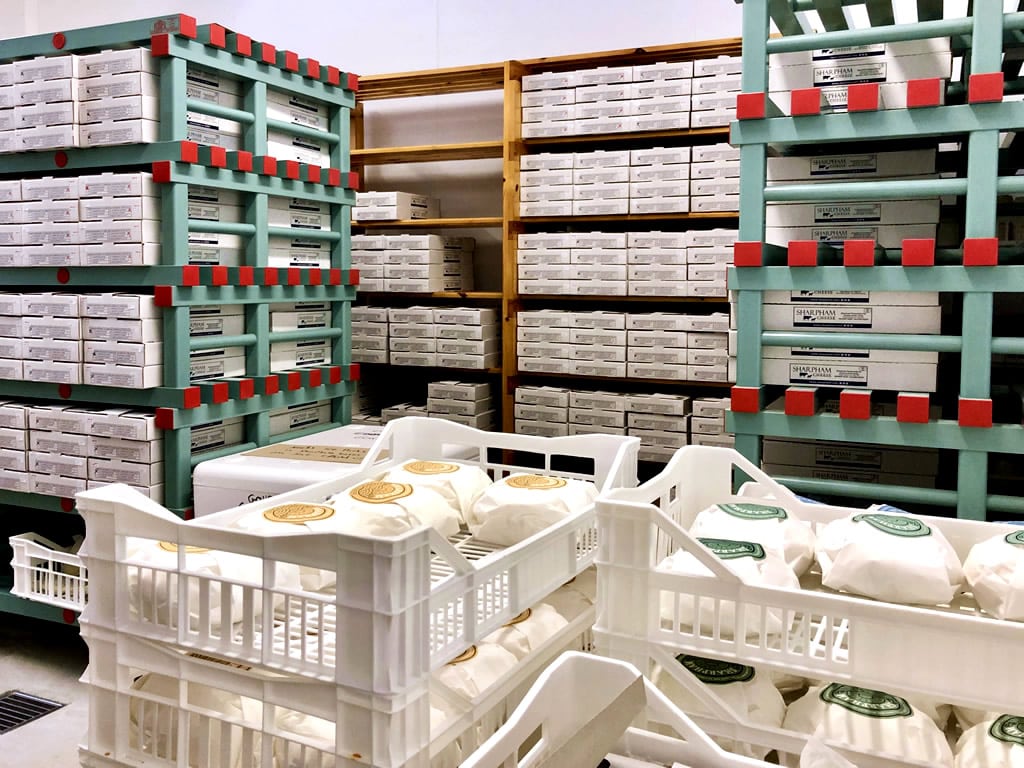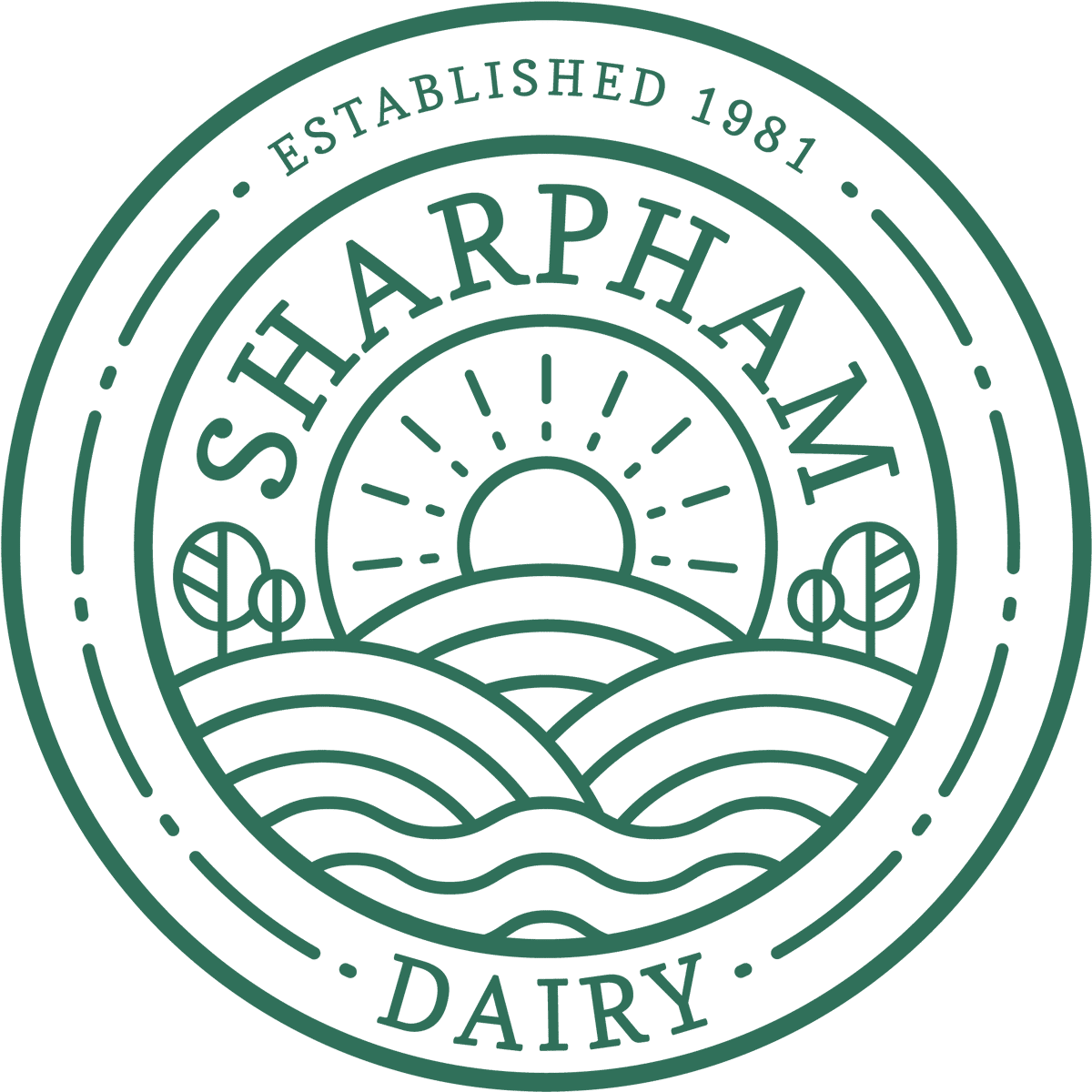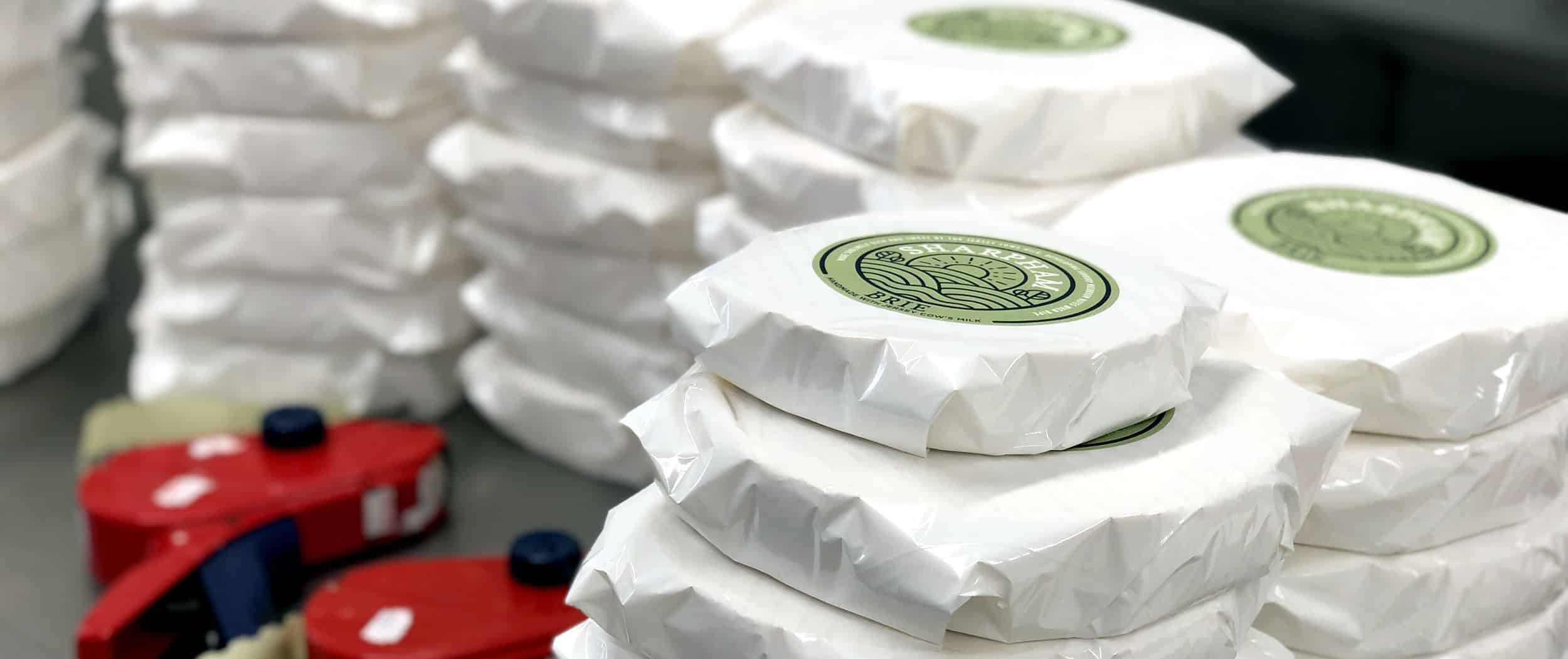
Cheesemaking at Sharpham
Cheesemaking at Sharpham is founded on a few simple guiding principles, which are as important now as they were in the 1970s. Making is done by hand using traditional methods, using only the best local ingredients. Firmly rooted in the Devon landscape, it’s very much a family affair.
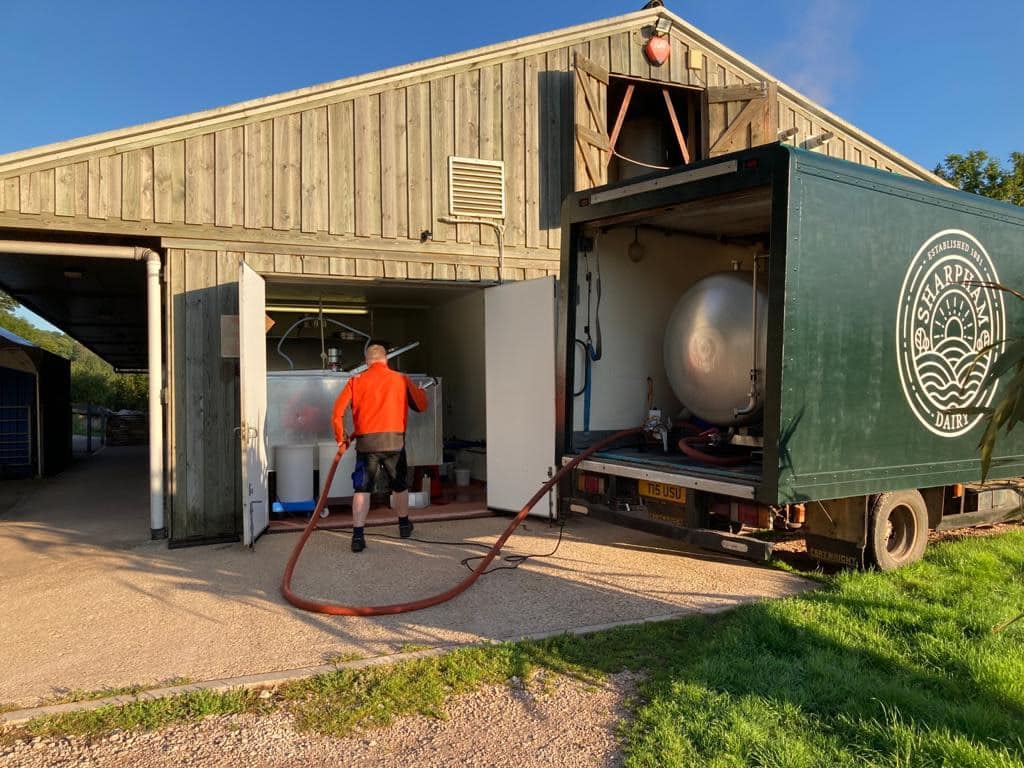
In the vat the warm fresh milk has a starter culture added which slightly sours or ripens it. The combination of cultures we use has a big influence on the flavour and texture of the finished cheese.
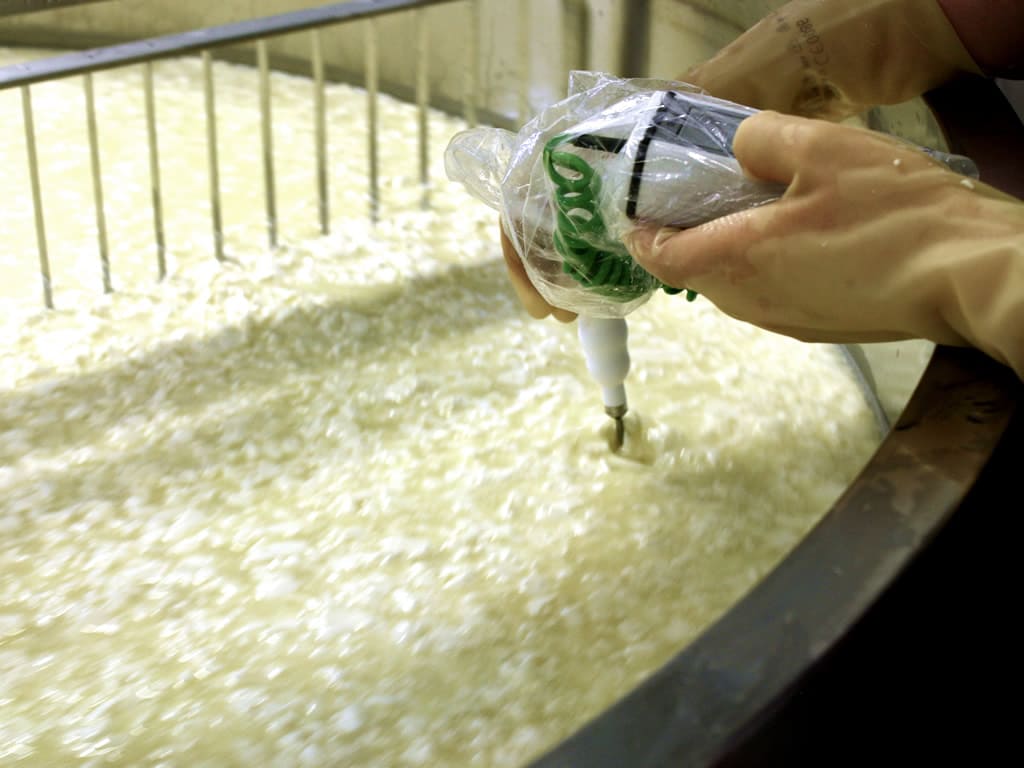
We also add penicillium candidum, which is a cultured strain of natural white mould used in soft cheeses like Brie and Camembert, which also ripens the cheese and forms the bloomy white rind. During the coagulation process our cheesemakers monitor temperature and acidity and use their skill to decide when the junket is ready to be cut.
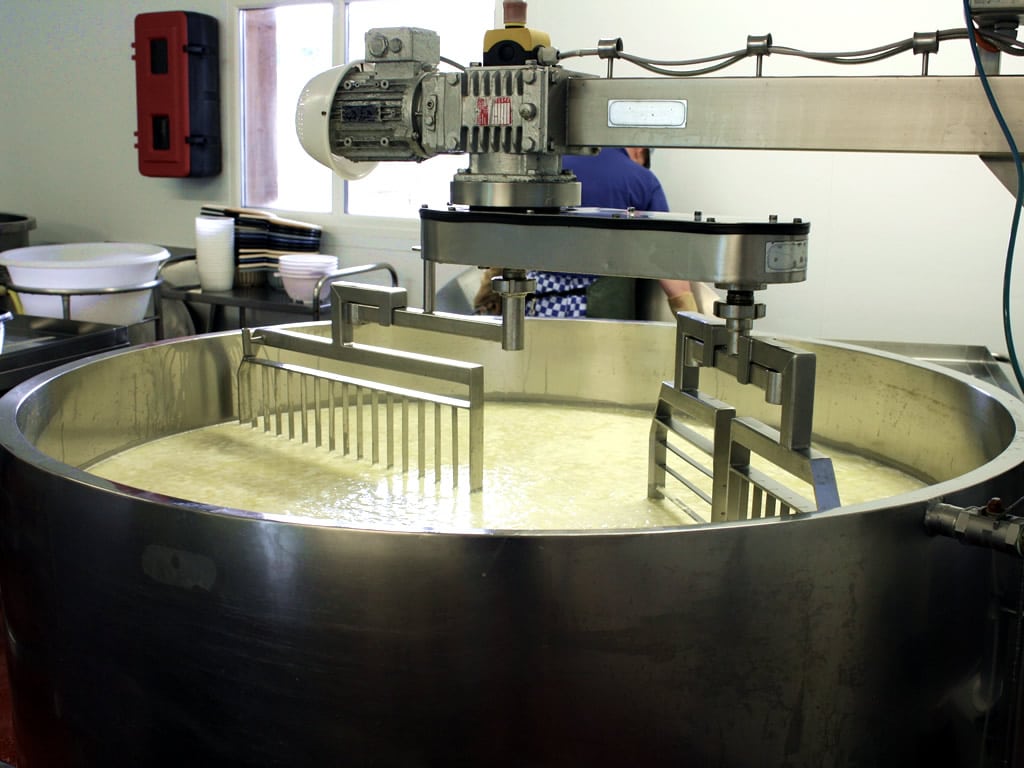
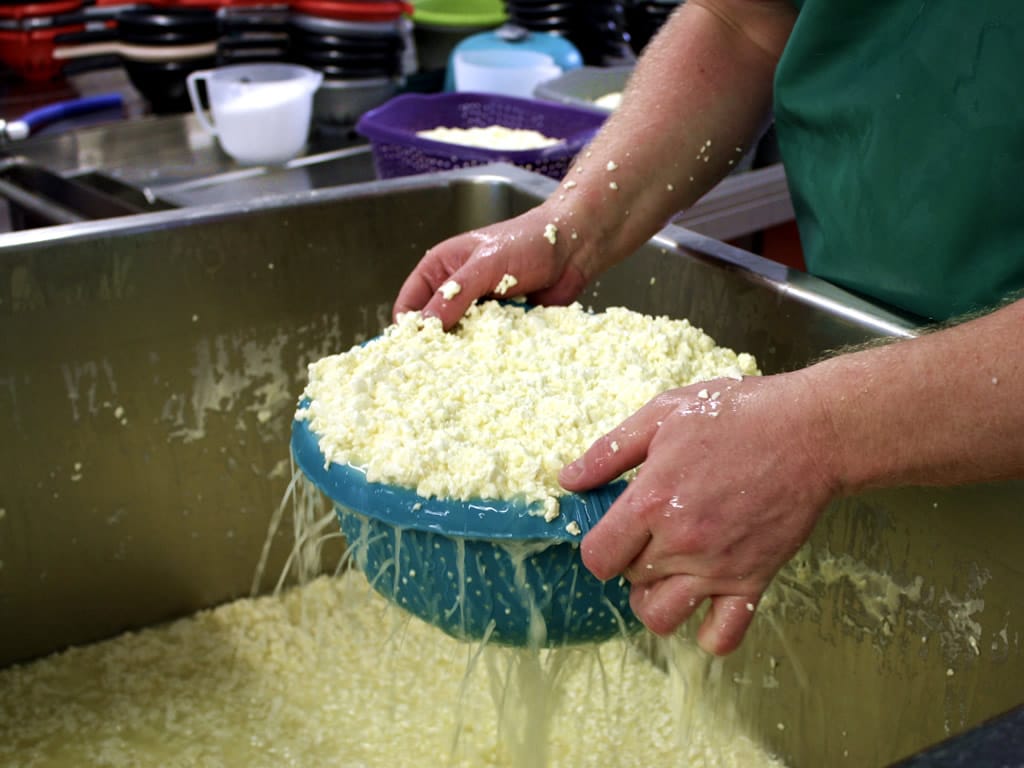
Once the excess whey has been removed and the curd is cut and ready, salt and any flavourings such as fresh garlic and chives are added and hand mixed.
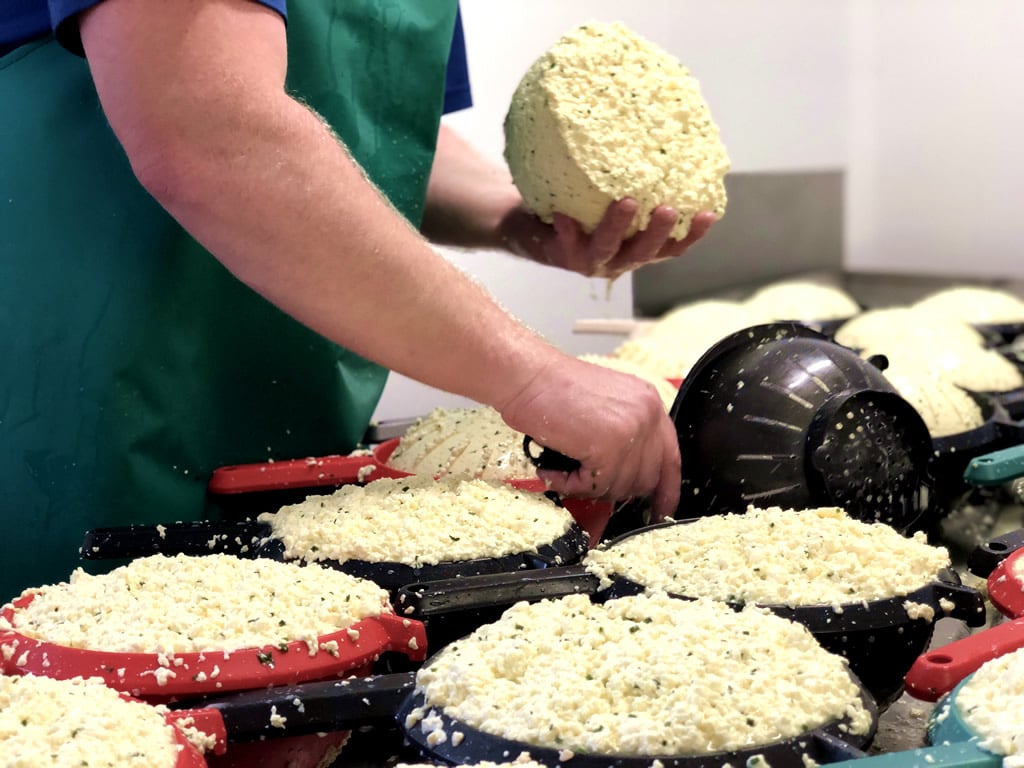
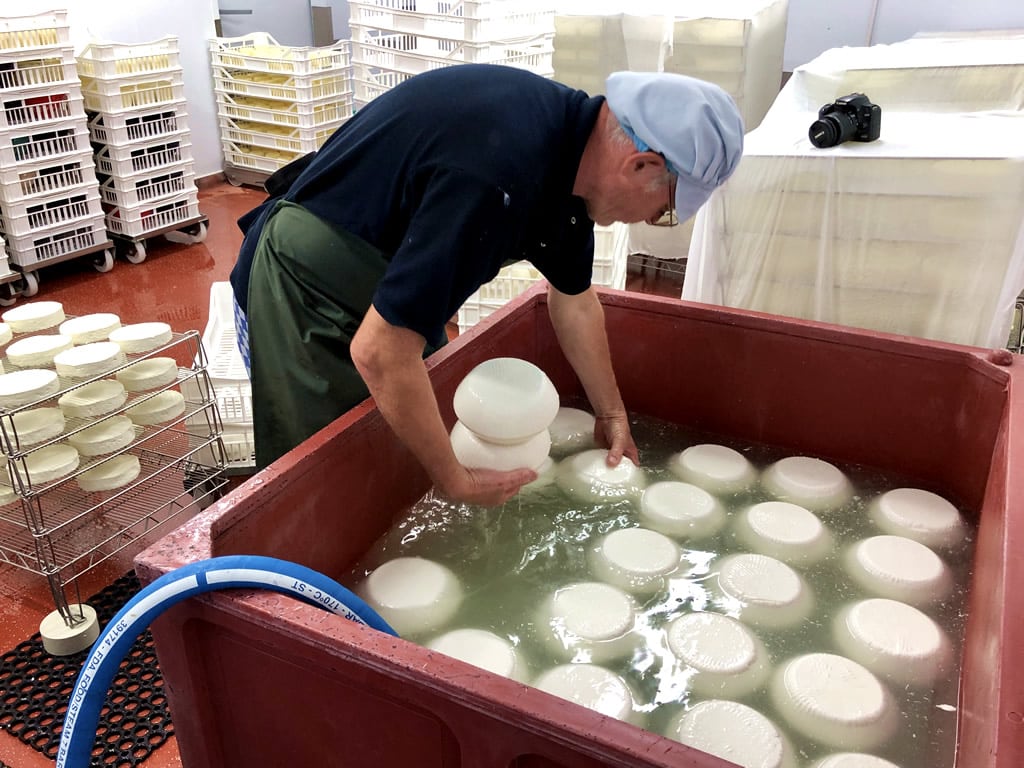
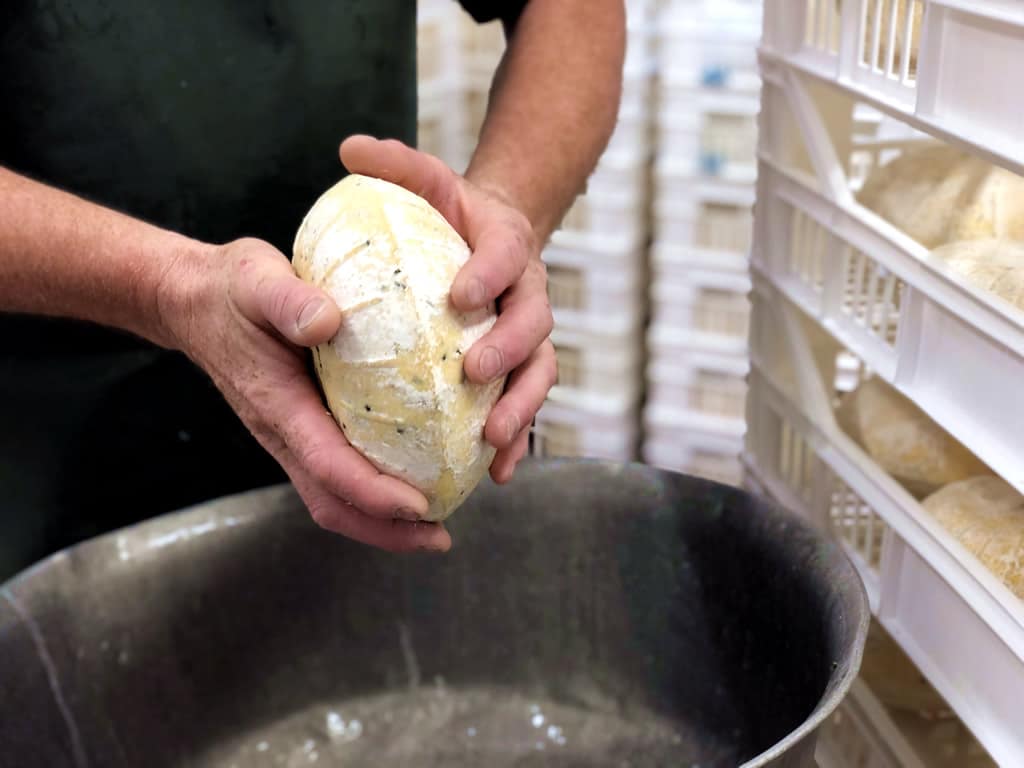
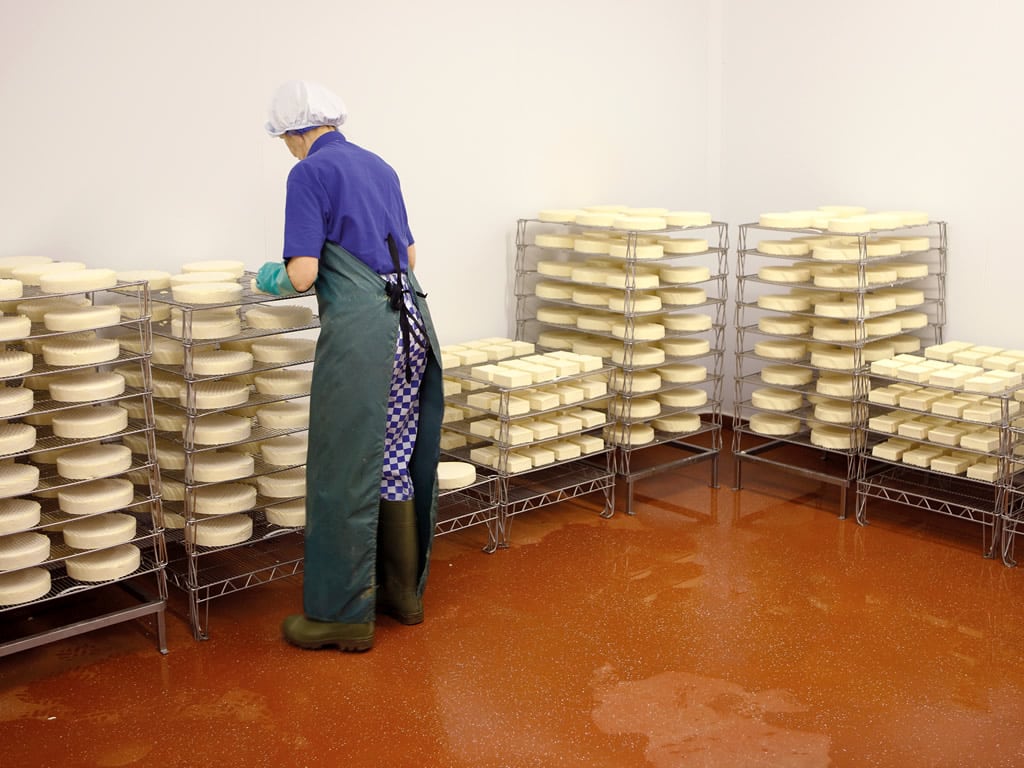
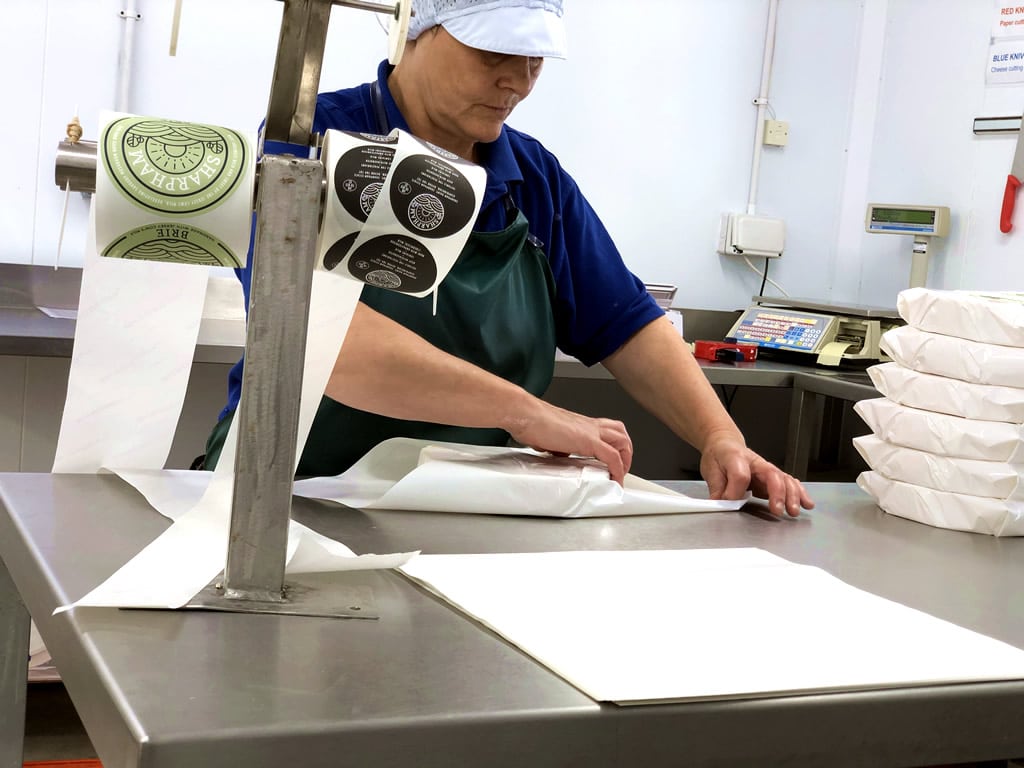
Our semi-hard cheeses are generally hand wrapped to order, and once boxed they’re also wheeled into our Dispatch Store.
